According to Supply Management, an authoritative voice in the realm of supply chain management, the future of supply chain optimization has officially become the critical present. Now is the time when solution providers should offer strategic, tailored and easily deployed packages to help businesses accelerate their supply chain.
More presciently, industry observers further contend that companies harnessing the power of networked technologies “come out ahead,” while “siloed companies” are quickly “falling behind.”
Now is the time when solution providers should offer strategic, tailored and easily deployed packages to help businesses accelerate their supply chain.
The time to optimize is now — not just to keep pace, but perhaps to survive…and when done properly, to surge ahead of the competitive field.
Are Your Business Processes Automated, or Antiquated?
Your business processes aren’t merely the functions by which commerce happens. They represent the veritable lifeline of your business. And so goes that lifeline, so goes the health of your business, both fiscally and operationally.
Sophisticated, customized applications that automate mission-critical functions of your entire enterprise cannot only inject significant efficiency and cost savings into that system, but can harness the business intelligence that demands to be unlocked from it.
Advanced organizations are custom-developing and deploying intelligent solutions, such as vendor managed inventory (VMI) and warranty and repairable assets (WRA) systems, among others — integrated systems that don’t merely tell an organization how it is performing, but rather, how that company should perform.
Seeing the Future (and the past and present) Through Digital Visualization
Your business keeps hundreds of secrets per day. Short of implementing 21st-century solutions to discover, decode and decipher those data-driven secrets, industrial and manufacturing organizations leave money and efficiency on the table…and future success and performance to chance.
Secrets like: Where am I truly making money? What inefficiencies are costing me money? Where are my assets, people and goods at any given moment, and is that reality optimal, or merely factual? Are those physical assets depreciating optimally, or should they be replaced (and, if so, where in the lifecycle)? At this very moment, are we on budget, ahead of budget, or woefully over-budget?
Without data visualization software and visually intuitive dashboards, your key performance indicators may never be known.
These “secrets,” otherwise known as your key performance indicators (KPI), are either hurting you, helping you, or perhaps both. Without data visualization software and visually intuitive dashboards to truly understand the big data in real time — and all of the “little data” in between — you may never know. And you will certainly never gain the actionable intelligence your business needs to stay competitive in the modern manufacturing industry.
Make no mistake: Time presses forward. The advancements that companies in the industrial sector need to make (and need to make quickly) are both evolutionary, and revolutionary. The future of intelligent, optimized and accelerated operations management solutions waits for no man(ufacturer).
 Menu
Menu
